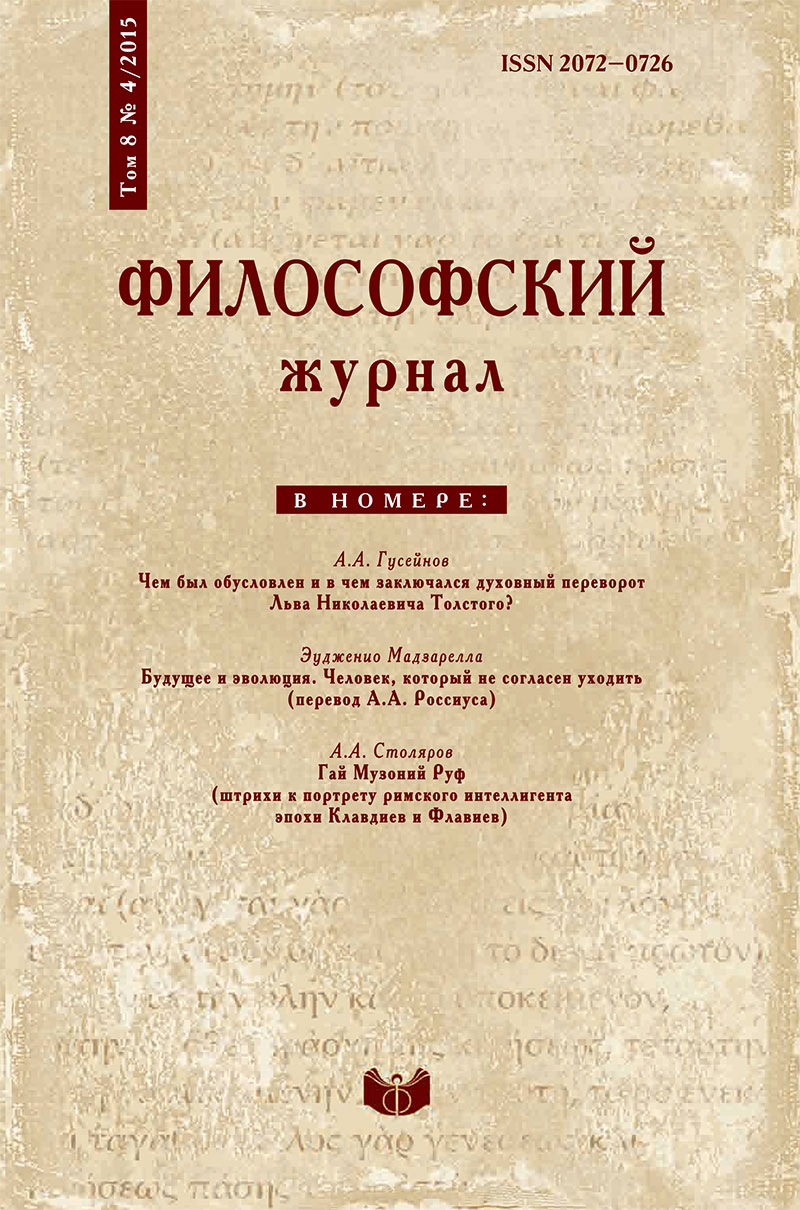Farid al-Din ‘Attar’s masnavi “Language of the Birds” (Mantiq al-tayr): a philosophical reading of a poetic text
Keywords:
history of philosophy, Farid al-Din ‘Attar Nishapuri, masnavi “Language of the Birds” (Mant iq at-tayr), Sufi philosophical tradition, Persian poetry, poetic construct, the way to God, the soul-bird, the seven valleys, SimurghAbstract
The present article offers a philosophical analysis of one of the most important monuments of the Iranian poetic and philosophical tradition, the masnavi “Language of the Birds” (Mantiq at-tayr), written by the Persian Sufi poet and thinker Farid al-Din ‘Attar Nishapuri (XII-XIII cc.). It is well known that, during the classical period of Iranian culture, the connection between philosophy and poetry was regarded as a natural fact: for the Iranians, poetry traditionally remained the favorite way of expressing any theoretical ideas. The author explores the logic followed by the poet in shaping both the text of the poem as a whole and the individual poetic constructs. The analysis of some basic poetic constructs (such as 'soul-bird', 'valley', 'Simurgh') allows her to identify their corresponding philosophical concepts ('seeking the Truth', 'the Sufi Way to God', 'God') and to show how they serve the poet's purpose of reflecting on such topics of Sufi philosophy as the problem of Self-knowledge and the Knowledge of God, the relationship between the God and the existence of the transient world of the multiple, and many more. The conclusion to be drawn is that the poem was conceived by ‘Attar as an embodiment of strict parallelism between the immediate poetic meaning of text and its hidden philosophical meaning. On the semantic level, therefore, the structure of the poem reflects the fundamental Truth of Sufi cosmos, that of the created world being a mirror reflection of the God.






